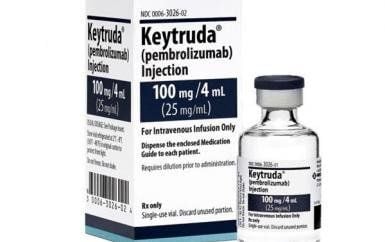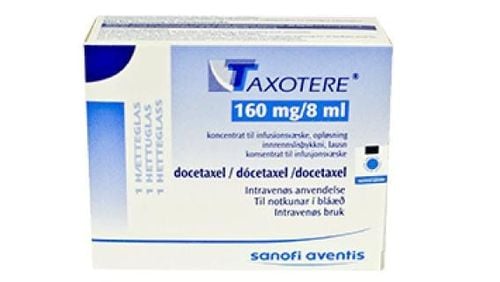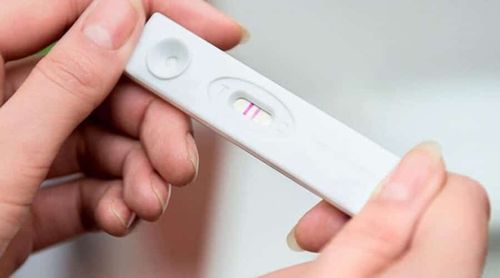This is an automatically translated article.
The article was professionally consulted by Specialist Doctor I Nguyen Hong Phuc - Emergency Resuscitation Doctor, Emergency Resuscitation Department - Vinmec Phu Quoc International General Hospital. The doctor has nearly 20 years of experience in Emergency Resuscitation.Abdominal pain can be mild or severe, constant or come and go, acute or chronic – lasting weeks, months or years. The location, pattern of pain, and especially the time of onset are particularly helpful in providing important clues to determine the cause of abdominal pain.
1. Causes of abdominal pain
1.1. Upper abdominal pain
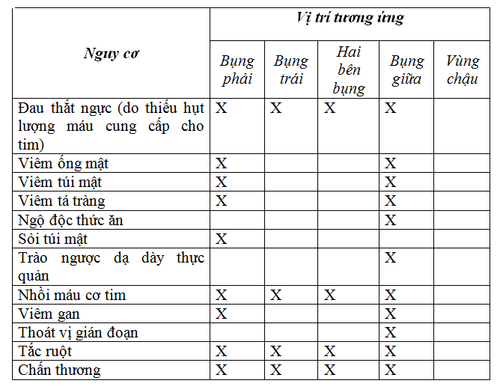
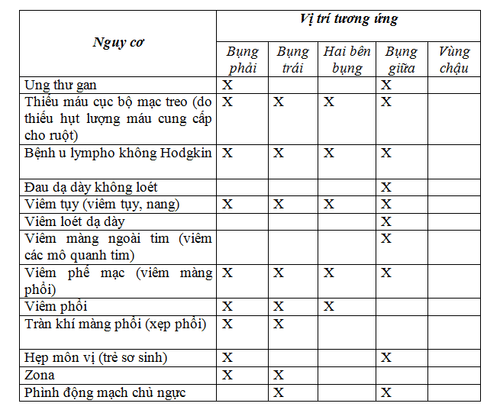
1.2. Lower abdominal pain
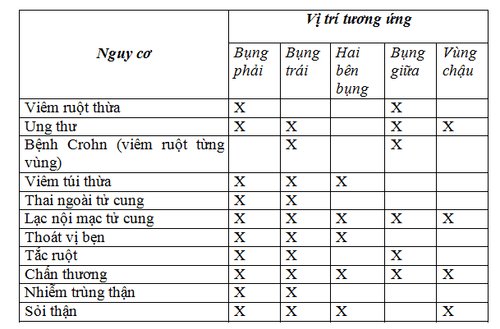
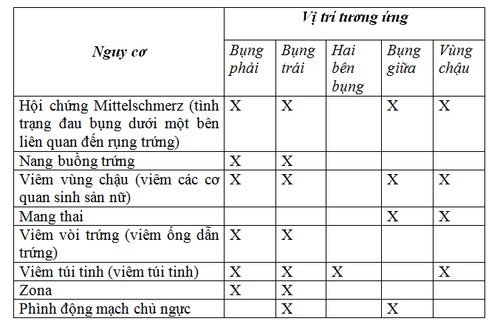
However, The following conditions often cause diffuse abdominal pain:
Aneurysm Abdominal bloating Gastritis Intussusception Irritable bowel syndrome Mesenteric ischemia Mesenteric lymphadenitis Peritonitis Pregnancy (unknown patient) ) Sickle cell anemia Urea-blood colitis The lists above give many examples of causes of abdominal pain (not exhaustive). Doctors make a diagnosis based on the location of the pain, the pattern of the pain, and the intensity of the pain. For example, if an elderly patient presents with acute pain that is relatively stable within a few hours, localized to the left abdomen or mid-lower abdomen with a pain score of 9 out of 10, sharp or tearing, the doctor The doctor will place the thoracic aortic aneurysm high on the list of possible causes.
1.3. Acute abdominal pain
There are many causes of acute abdominal pain, often accompanied by other symptoms and progressing over hours to days. They range from mild conditions that go away on their own without treatment to serious medical emergencies, including:Abdominal aortic aneurysm Appendicitis Cholecystitis Cystitis Diverticulitis Inflammation duodenum (inflammation of the first part of the small intestine) Ectopic pregnancy Fecal obstruction Myocardial infarction Trauma Intestinal obstruction Intussusception (pediatric) Kidney infection (pyelonephritis) Kidney stones Liver abscess (internal pus sac) liver) Mesenteric ischemia Mesenteric lymphadenitis (swollen lymph nodes of the mesentery that hold organs in place) Mesenteric thrombosis (blood clot in a vein that carries blood back from the intestines) Pancreatitis Pericarditis Peritonitis Pleurisy Pneumonia Pulmonary infarction Spleen rupture Fallopian tube inflammation Mesenteric lymphadenitis Zona Spleen infection Spleen abscess (bag of pus in the spleen) Colon tear Urinary tract infection Viral gastroenteritis.
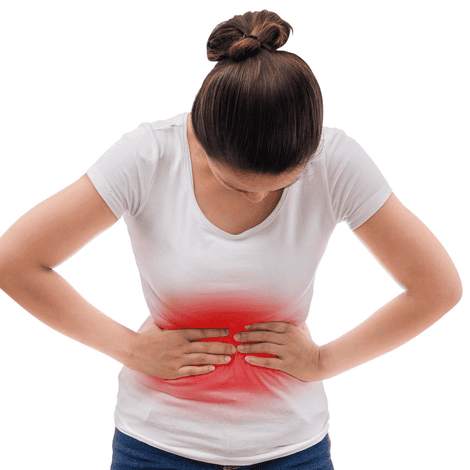
Angina (reduced blood flow to the heart) Celiac disease Endometriosis Gallstones Gastritis (inflammation of the stomach lining) Gastroesophageal reflux disease GERD Thickness Sickle cell anemia Abdominal muscle spasms Ulcerative colitis 1.5 Progressive abdominal pain
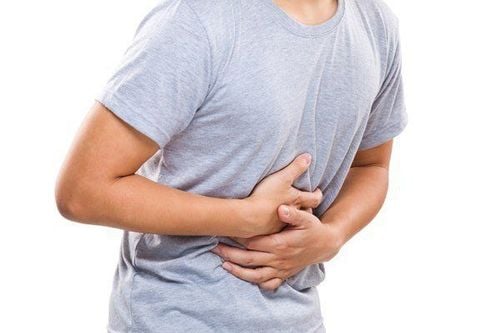
Cancer Crohn's disease Enlarged spleen Gallbladder cancer Hepatitis Kidney cancer Lead poisoning Liver cancer Non-Hodgkin lymphoma Pancreatic cancer Stomach cancer Ovarian abscess ( pus-filled sacs associated with the fallopian tubes and ovaries) Uremia (a build-up of waste products in the blood) Call your doctor right away if you have abdominal pain that is too much for you to move without increasing pain, or not You can sit still or find a more comfortable position. Seek medical help immediately if abdominal pain accompanies other worrisome signs and symptoms such as:
Severe pain Fever Bloody stools Persistent nausea and vomiting Weight loss Jaundice Severe pain when touching the abdomen Abdominal swelling For approx. During that time, find a way to relieve the pain. For example, eat smaller meals if your pain is accompanied by indigestion. Avoid over-the-counter pain relievers such as aspirin or ibuprofen (Advil, Motrin IB, others) as these can irritate the stomach which can worsen stomach upset.
Vinmec International General Hospital is one of the hospitals with a team of quality doctors and nurses who are experts of the departments, highly qualified, experienced and famous in the industry. Comprehensive professional cooperation with major domestic and foreign hospitals (USA, Japan, Singapore) brings patients good treatment conditions.
Please dial HOTLINE for more information or register for an appointment HERE. Download MyVinmec app to make appointments faster and to manage your bookings easily.
Articles refer to the source Mayoclinic.org






